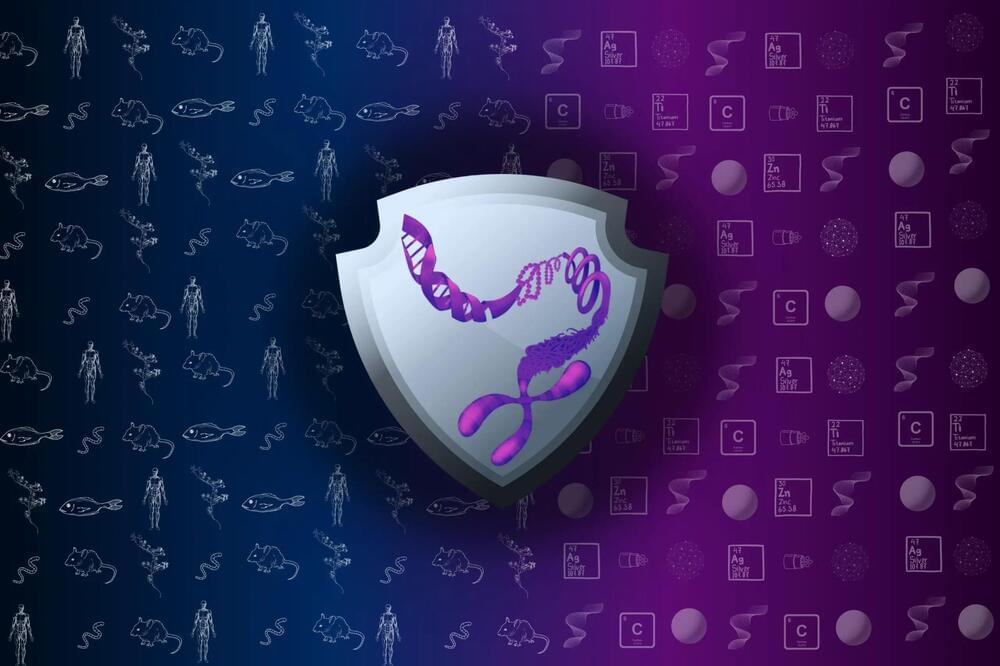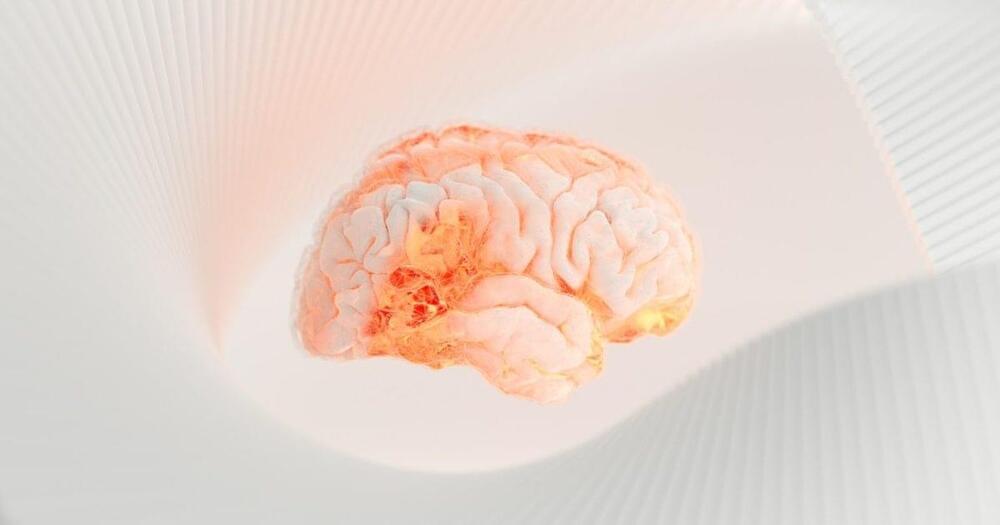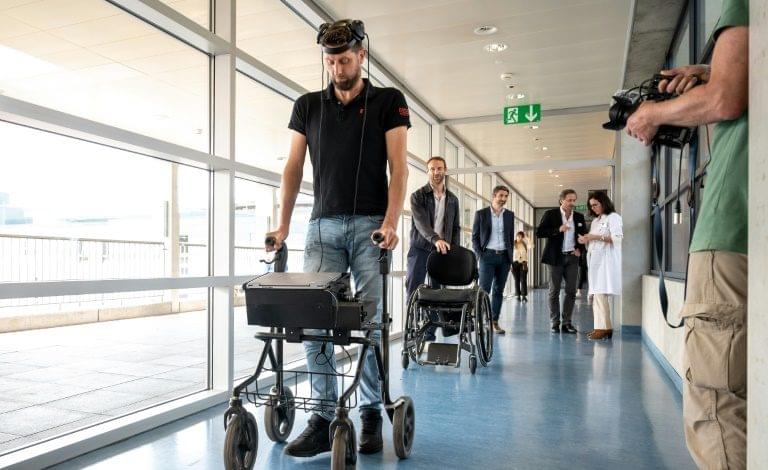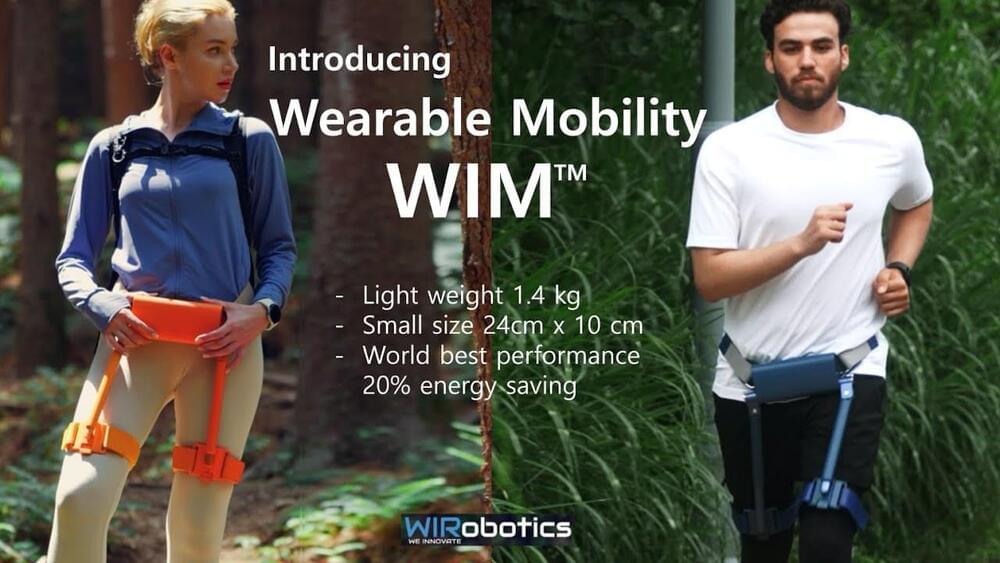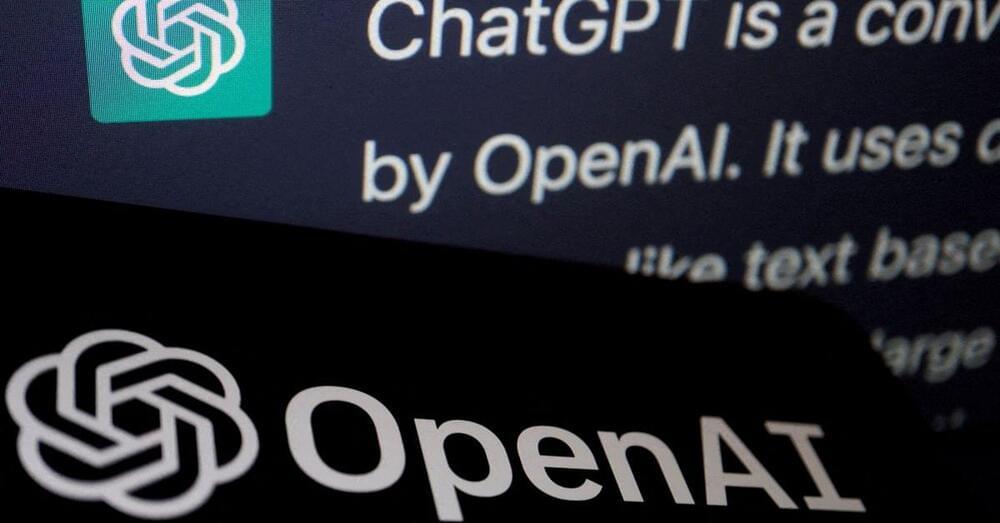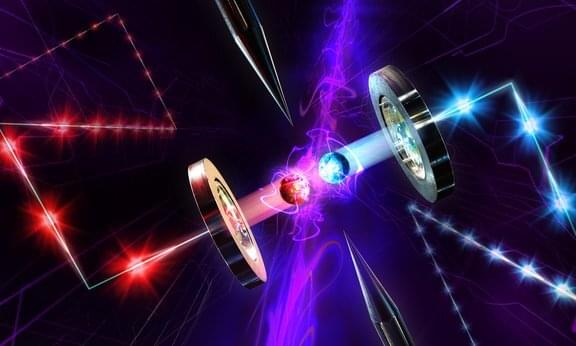May 24, 2023
Researchers Discover New Ancestral Mechanism of Defense Against Nanoparticles
Posted by Genevieve Klien in categories: biological, nanotechnology
Scientists from the Finnish Hub for Development and Validation of Integrated Approaches (FHAIVE FHAIVE) and Tampere University have uncovered a novel response mechanism related to nanoparticle exposure that’s shared across various species.
A species is a group of living organisms that share a set of common characteristics and are able to breed and produce fertile offspring. The concept of a species is important in biology as it is used to classify and organize the diversity of life. There are different ways to define a species, but the most widely accepted one is the biological species concept, which defines a species as a group of organisms that can interbreed and produce viable offspring in nature. This definition is widely used in evolutionary biology and ecology to identify and classify living organisms.
